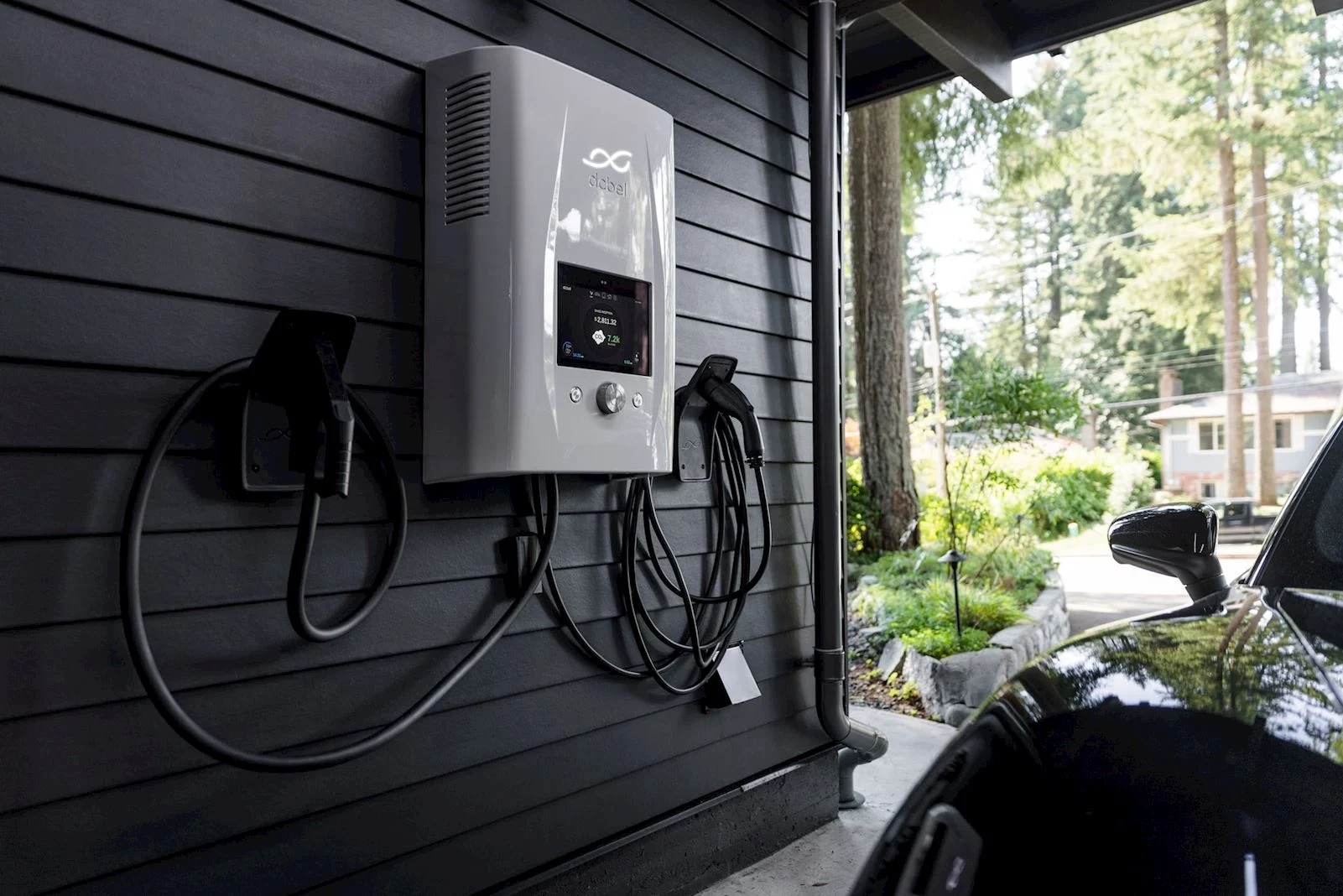Electric vehicles rely on well-organized charging systems that match user wants. Learning about charging levels aids users in selecting which type suits their driving and usage habits. Understanding how each system works improves competence, saves time, and guarantees smooth performance. Every level serves a different purpose and influences power flow, energy rate, and compatibility.
How Charging Works
Charging systems transfer electrical energy to batteries through controlled supply points. Proper management helps regulate battery life and ensures consistent efficiency. Each setup varies in supply strength and charging rate. Users often prefer fast options for convenience and reliability.
Basic Level System
This is the simplest setup that uses a standard connector. It offers slow charging suitable for minimal daily use. Placing a level 3 charger at home helps users achieve faster results when needed. Efficiency depends on voltage and power flow during operation.
Components Involved
Every setup includes essential parts like cables, communication links, and automated controllers. These components ensure stable current exchange between power stations and storage units. Their coordination keeps the system safe and steady.
Power Capacity Differences
Each level functions based on voltage strength and supply consistency. Higher voltage delivers quicker results but requires specialized systems. Managing the balance between energy output and safety is crucial.

Charging Duration
Time plays an important role in the selection process. The duration varies depending on battery type, voltage, and connection stability. Long charging hours may affect performance if not managed carefully.
Safety Considerations
Safety protocols maintain control during energy transfer. Overload prevention systems and automatic cutoffs help protect users. Proper installation minimizes the risk of faults and overheating during operation.
Future-ready Systems
Upcoming units focus on faster results and improved control circuits. They feature smart functions that support adaptive energy distribution for consistent performance and durability.
User-friendly Operations
Simple interfaces provide easy navigation and connection guidance. These systems use clear indicators to display power flow and completion. Such accessibility supports better control for users.
Monitoring-based solutions have seen explosive growth in popularity over the past few years. They make it possible to manage energy in a more effective manner, they reduce the amount of energy that is lost, and they raise the level of automation in residential settings. With the use of a pen fault detection device, users are able to track system conditions in a more effective manner, which contributes to the maintenance of both safety and smooth operation.






